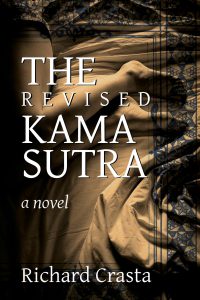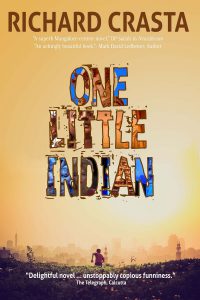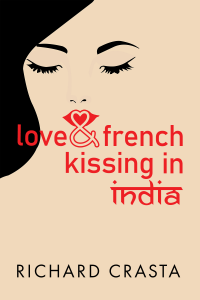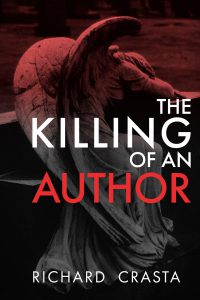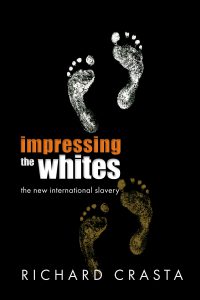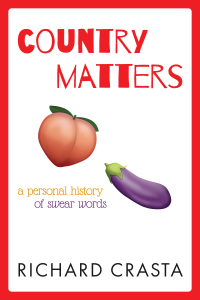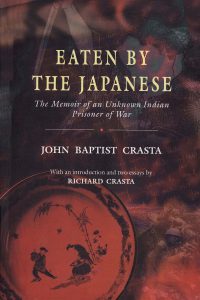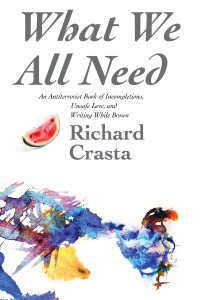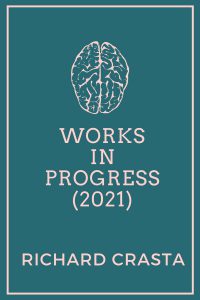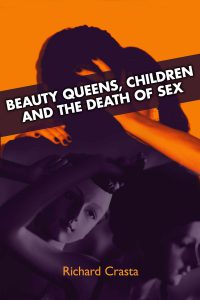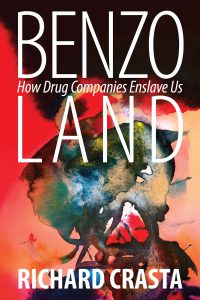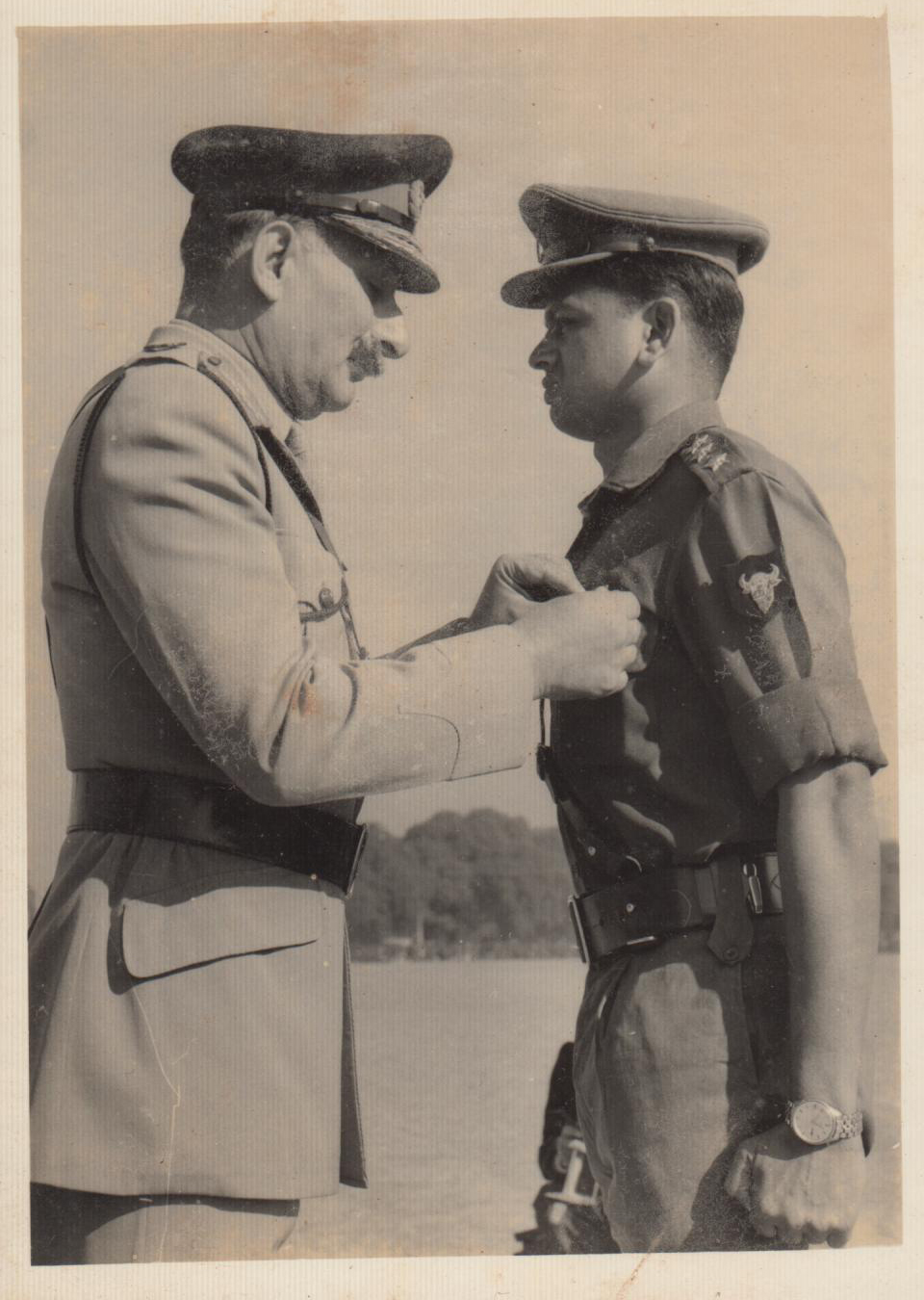Recently, I was approached by an Indian journalist who was writing about Indian prisoners of war of the Japanese in World War II? Did I have any photographs of my father of that time, presumably before and during the war? My father was one of the subjects/sources of that article, having written a book which I titled “Eaten by the Japanese: The Memoir of an Unknown Indian Prisoner of War”, adding my own perspective as a son to, and which is available from Amazon, Barnes & Noble, Google Play, Apple, Kobo, etc. (both in print and as an e-book).
So I asked myself: What was the fate of the Indian POWs, including my father, who in early 1942 were shipped in “torture ships” from Singapore to an unkown (to them) destination, which for some of them turned out to be Rabaul in modern Papua, New Guinea? They must have been treated like animals, or rather like dogs being smuggled from Thailand and Cambodia into Vietnam for sale to the dog-meat shops.
To quote my father’s account: “Each hold was divided into two by planks fitted to the hold, so that two compartments — each three feet in height — were made of one hold; one could enter or come out of the compartment only by crawling. We were packed inside like cattle. The space available to each man was hardly three feet long and one foot broad so that it was impossible to sleep there. ” (I can imagine that: he was around 5 feet 7 inches, cramming that length into three feet would have required contortionist skills.)
Would they be allowed to take along with them any possessions, such as photographs and letters from their mothers, with them? Unlikely. The only temporary possession my father mentions in his memoir is a “water bottle,” and a “cup.” I imagine, when the Australians liberated them more than three years later, they had managed to secure a few clothes, enough to be just decent and to protect themselves against the sun and rain. Any photographs or documents would have been strictly forbidden items during 3.5 years of captivity, liable to have their possessor shot without even a trial.
So the only photographs of either the POWs themselves before liberation, or of them before their captivity, would have to be in the possession of a third party, such as close relatives or friends, who had managed to keep them secure until after the war. Or possibly the Japanese, Australians, or any British officers who got out of Malaya before the Japanese got there.
Do such photographs exist? I don’t know, but I would very much like to know and see them if they do. Does anyone know? Please write to me at rc@richardcrasta.com if you do.
Because my father grew up poor, and kept sending any savings from his pre-War army salary to his mother for the upkeep and education of his younger siblings, he would be unlikely to have photographs of himself taken and sent to Kinnigoli, where his mother lived. Or, if he did, I am not aware of any. Even the photographs of me (or including me) that exist from age 0 to age 8: just around five photographs, including one baby photograph. Poor people consider photographs to be a luxury, to be indulged in only rarely.
But I do provide a few postwar photographs (in this and the next post), including the one, below, of him receiving a medal almost certainly from the then Brigadier, later Field Marshal Sam Manekshaw, possibly in 1949, for the Jammu and Kashmir War (I see a postwar, post-POW innocence in his face, and that astonishes me).
